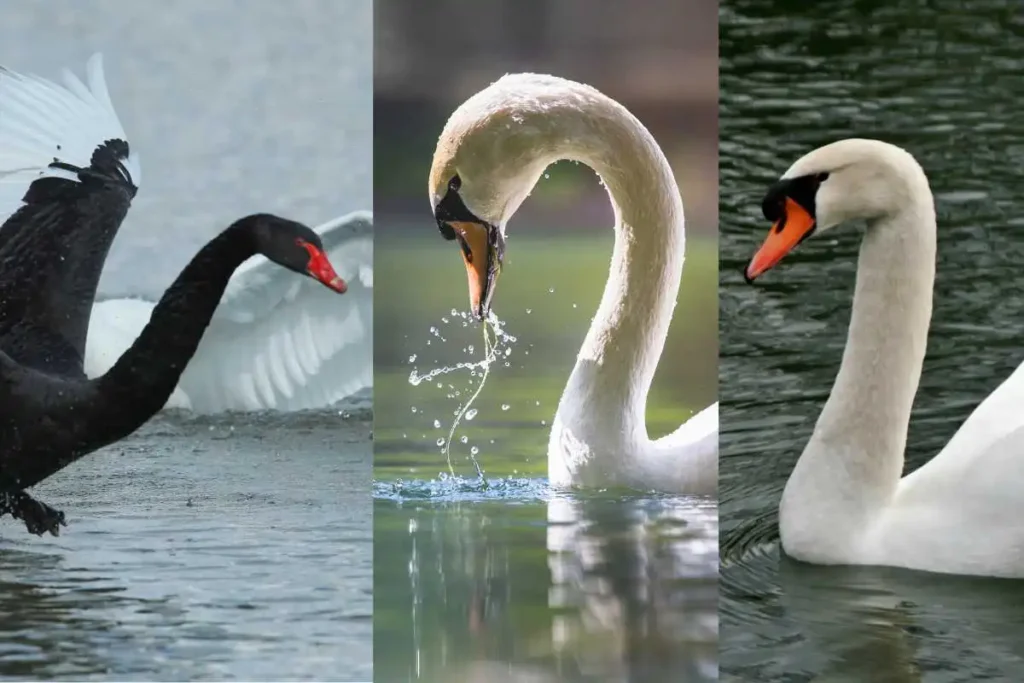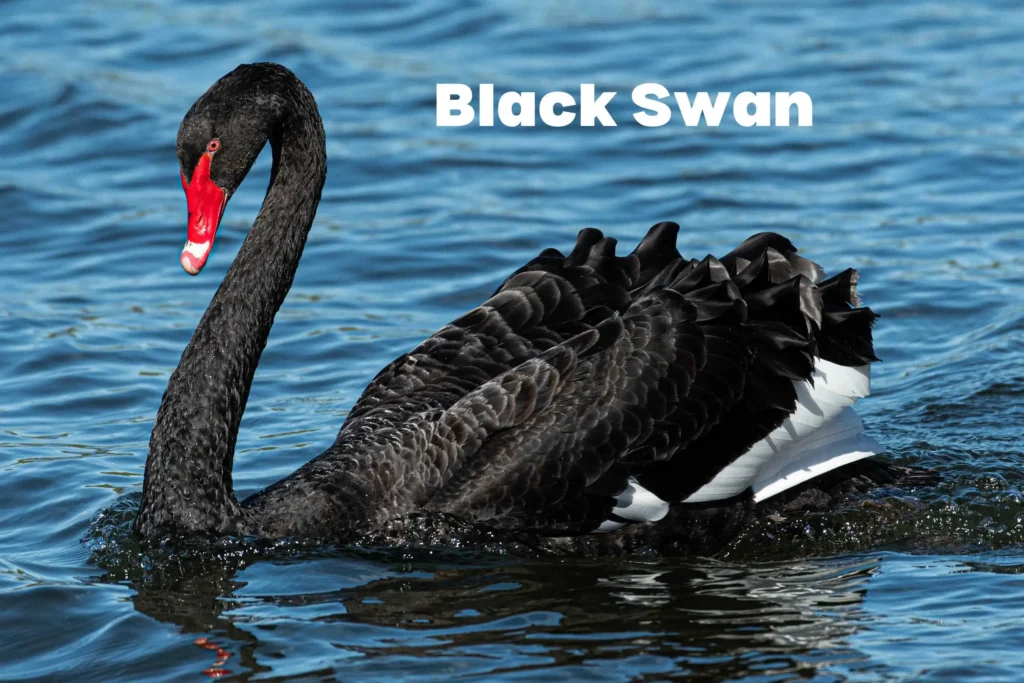Swans are among the most graceful and majestic birds in the world, admired for their beauty and elegance. They belong to the family Anatidae, which also includes ducks and geese, and they are known for their long necks, large size, and powerful wings. There are several species of swans spread across different continents, each with its unique characteristics and habitats. In this comprehensive guide, we’ll explore the different swan breeds around the world and delve into their key features, habitats, and behavior.

Table of Contents
1. Swan Breeds
Swans are known for their beauty, strength, and loyalty—many swan breeds mate for life, creating a strong bond between pairs. Found primarily in temperate regions, swans occupy a variety of freshwater environments including lakes, rivers, and wetlands. There are six primary species of swans, and each has its own unique traits.
While all swans share certain physical attributes, their behaviors, migratory patterns, and even their appearance can vary significantly from species to species.
2. Mute Swan (Cygnus olor)

The Mute Swan is perhaps the most well-known swan breeds , often recognized in parks and ponds across Europe, North America, and Asia. Despite its name, the mute swan is not entirely silent but is quieter compared to other species.
- Appearance: White feathers with an orange bill, black knob at the base of the bill.
- Habitat: Found across Europe and Asia, it was introduced to North America.
- Behavior: They are known for their aggressive territorial behavior and are often seen in pairs or small groups.
This swan breed is iconic in both myth and culture, often symbolizing grace and beauty.
3. Trumpeter Swan (Cygnus buccinator)

The Trumpeter Swan is native to North America and is the largest of all swan breeds, with some individuals weighing up to 30 pounds. They are known for their deep, trumpet-like call, which can be heard over great distances.
- Appearance: All-white plumage, black bill, and black legs.
- Habitat: Found primarily in Alaska, Canada, and parts of the U.S.
- Behavior: Highly migratory, these swans breed in the far north and migrate south during the winter months.
Trumpeter swans were once endangered, but conservation efforts have helped their populations rebound.
4. Tundra Swan (Cygnus columbianus)

Tundra swans are smaller than mute and trumpeter swans, but they are still large birds. They are highly migratory and travel long distances between their breeding and wintering grounds.
- Appearance: White feathers with a black bill and legs.
- Habitat: They breed in the Arctic tundra and migrate to the coasts of North America for the winter.
- Behavior: Often found in large flocks, these swans are social and have a distinctive high-pitched call.
Tundra swans are frequently seen in wetlands, where they feed on aquatic plants.
5. Whooper Swan (Cygnus cygnus)

The Whooper Swan is similar in appearance to the Tundra Swan but can be distinguished by its bright yellow and black bill. Native to Eurasia, these swans are also migratory and travel long distances.
- Appearance: White feathers, yellow and black bill.
- Habitat: Found in Europe and Asia, Whooper swans migrate from their breeding grounds in the Arctic to warmer climates in winter.
- Behavior: Known for their loud honking call, these swans are social and can be found in large groups during migration.
6. Black Swan (Cygnus atratus)

The Black Swan is native to Australia and is unique in its appearance compared to other swan species, with all-black feathers and a bright red bill. It’s one of the few non-white swan breeds.
- Appearance: Black feathers with a red bill and white flight feathers.
- Habitat: Found primarily in Australia and New Zealand.
- Behavior: Highly adaptable, Black Swans are known to inhabit both freshwater and saltwater lakes and rivers.
Black swans are also symbolic in some cultures, representing rarity and unpredictability.
7. Black-Necked Swan (Cygnus melancoryphus)

Native to South America, the Black-Necked Swan is a striking bird with a black neck and head contrasting against its white body.
- Appearance: Black head and neck, white body, red knob above the bill.
- Habitat: Found in freshwater lakes and marshes in Argentina, Chile, and the Falkland Islands.
- Behavior: They are less aggressive than other swans and are often seen in pairs or family groups.
8. Coscoroba Swan (Coscoroba coscoroba)

The Coscoroba Swan is native to South America and is considered the smallest swan species. Interestingly, it is sometimes considered an intermediate between swans and ducks.
- Appearance: All-white with black wing tips, pinkish bill and legs.
- Habitat: Found in wetlands and shallow waters of South America.
- Behavior: The Coscoroba Swan is known for its softer call and gentle behavior.
9. Swan Conservation and Protection
Many swan species, particularly the Trumpeter Swan and Whooper Swan, have faced population declines due to habitat loss, hunting, and pollution. Conservation efforts across the globe have helped restore many of these populations, but swans continue to face threats from climate change and human activity.
- Challenges: Habitat destruction, illegal hunting, and pollution.
- Efforts: Many organizations and wildlife reserves actively work on the conservation of swans by protecting their habitats and monitoring populations.
Swans are remarkable birds, and the diversity of swan breeds across the world showcases their adaptability and resilience. From the familiar mute swan gliding across ponds to the rare and striking black-necked swan of South America, these birds continue to inspire awe and admiration. Learning about the different swan species not only deepens our appreciation for them but also highlights the importance of conserving their habitats for future generations.

